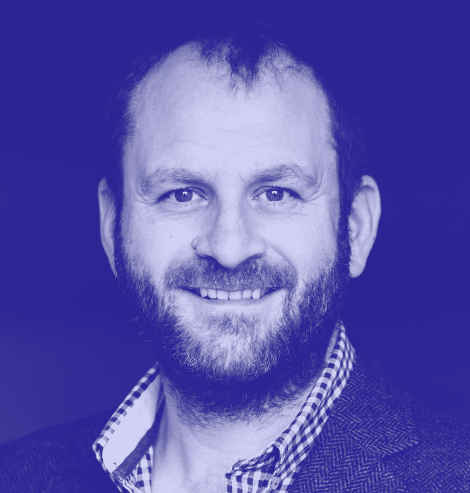At SPARCK, we’re taking the concept of futures thinking very seriously. If you want to give your organisation the edge, you should too.
Despite the name, futures thinking actually involves looking at what’s happening right now and reading emerging signals of change in the present day.
It encompasses a range of practices that help us use those signals to look ahead.
How might they shape future events, trends, long-term challenges and opportunities?
What scenarios, counter-scenarios might emerge? What are the systemic implications?
By anticipating what might happen in the future you can make more informed decisions. And you can pre-empt or avoid unintended consequences for society that may result from business activities, strategy, and policy.
Exploration of future landscapes can also help you to break free of assumptions and beliefs, leading to more creative, innovative, and provocative decisions.
If only we’d thought more about the future in the past
Many of the risks society faces today and in the foreseeable future are are anthropogenic – that is, they're caused by human activity.
Such risks stem from a lack of long-term thinking and anticipation, coupled with an excessive focus on short-term growth and results.
When we look retrospectively at issues like climate change, plastic pollution, and inequality, it is easy to see how a historical lack of foresight and anticipation has contributed to the creation of the systemic challenges we face today.
As we strive for a more socially responsible and equitable future, futures thinking can help you understand the implications of current developments and build the necessary awareness to drive strategic dialogue.
That’s how we can chart a path to a better future for both businesses and society.
Additionally, by being aware of future trends and potential opportunities, you can gain a competitive edge by uncovering insights and opportunities for innovation.
Futures provide context for understanding and realising the potential of the present.
How do we do futures thinking?
When it comes to futures thinking, there are a variety of approaches we can consider. Let’s look at a few examples.
Strategic foresight, is an analytical and structured approach. It involves the systematic use of research and analysis to anticipate potential events, scenarios, and trends. That can be used to make informed speculations which, in turn, help us make decisions.
Speculative design, on the other hand, is a more creative way of looking ahead. While remaining rooted in real-world signals of change and plausibility, it combines design thinking and future thinking to create alternative visions of the future. These help you challenge the status quo, opening potential opportunities and countering risks.
Ethnographic experiential futures is a design-driven approach where we work together with communities, individuals, or groups to learn about their values, beliefs, and attitudes towards the future. This helps us understand how people experience and make sense of the future.
Through provotyping (not a typo, it’s short for ‘provocative prototype’) products, services, and scenarios, we can immerse you in possible versions of the future.
This allows you to bring to the surface and challenge deeply held values, beliefs, and assumptions, and unlock new thinking about how you want the future to play out.
The same approach can be used to cast a critical lens on present-day values, empowering you to break away from previously unquestioned norms and short-termism.
A combination of these approaches can be used in workshops, projects, and continual monitoring to:
- create space for deeper strategic conversations
- identify gaps in knowledge
- build consensus among stakeholders
- identify trade-offs
- engage staff
- inspire action
The future of futures at SPARCK
At SPARCK, we take future thinking seriously and it is a key part of our strategy.
By looking ahead, we can help our clients challenge their present, broaden the future possibilities, and empower them to balance business outcomes and social responsibility.
Additionally, by being aware of potential future opportunities and trends, we can help you create strategies that enable you to make the most of them.
It is an exciting time to be part of the SPARCK team, as we strive to stay ahead of the latest trends and make a positive impact that will be felt far into the future.
In our next blog post we will dive deeper into the interplay between the present and the future.
Through our commitment to futures thinking and design, we are well-positioned to ensure that you and the world at large are better prepared for what lies ahead.
If you want to talk more about futures thinking and how it could get your organisation fired up, get in touch.
From a chat over coffee to a one-day workshop to something more, we’d love to help.



